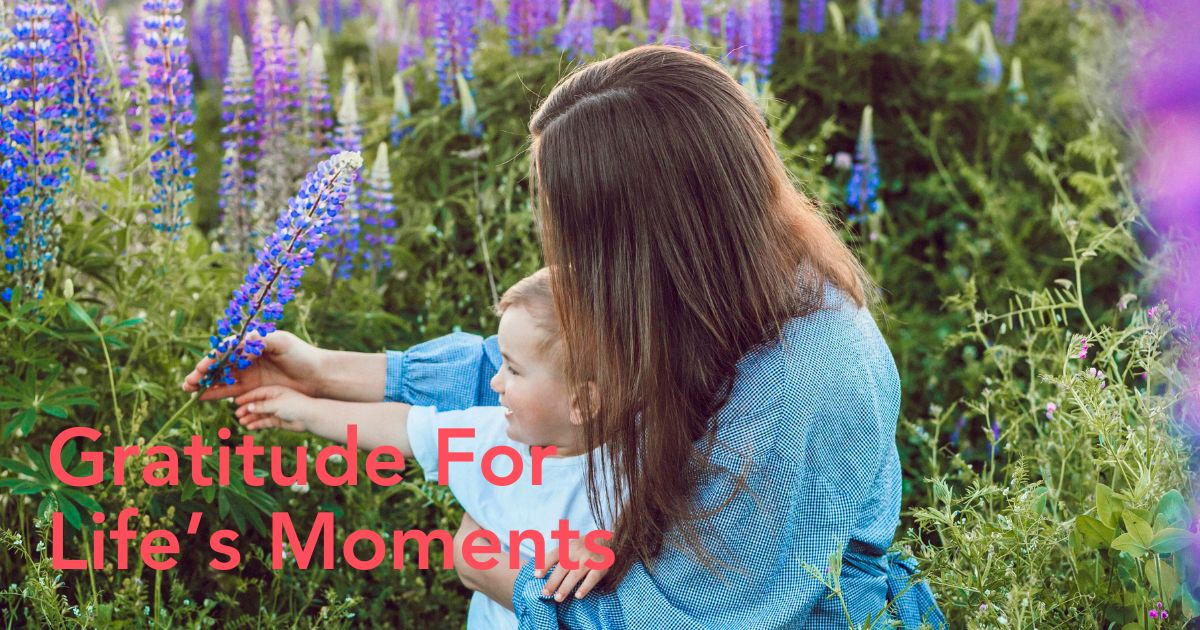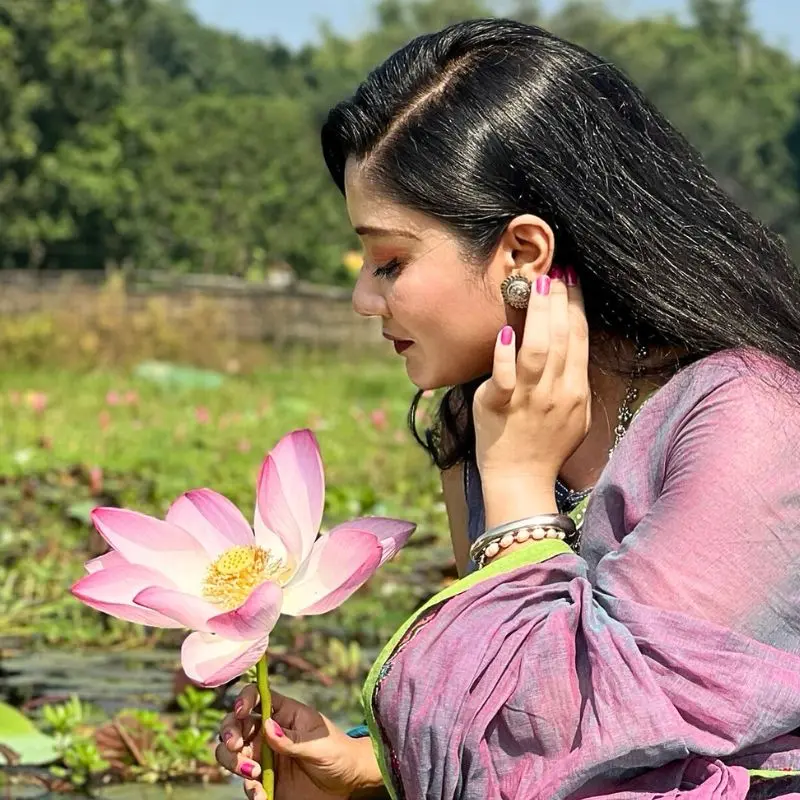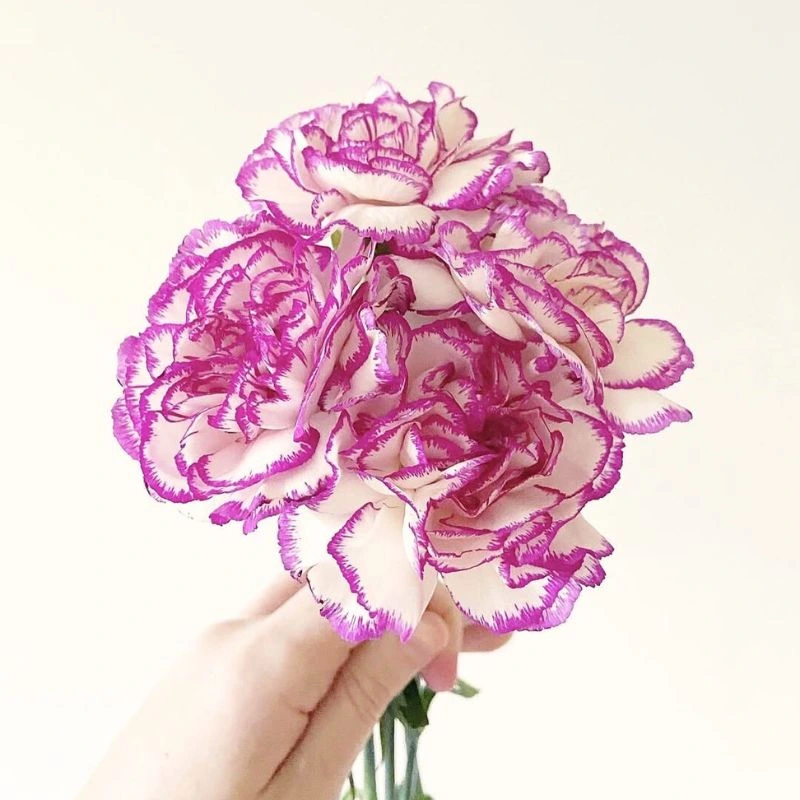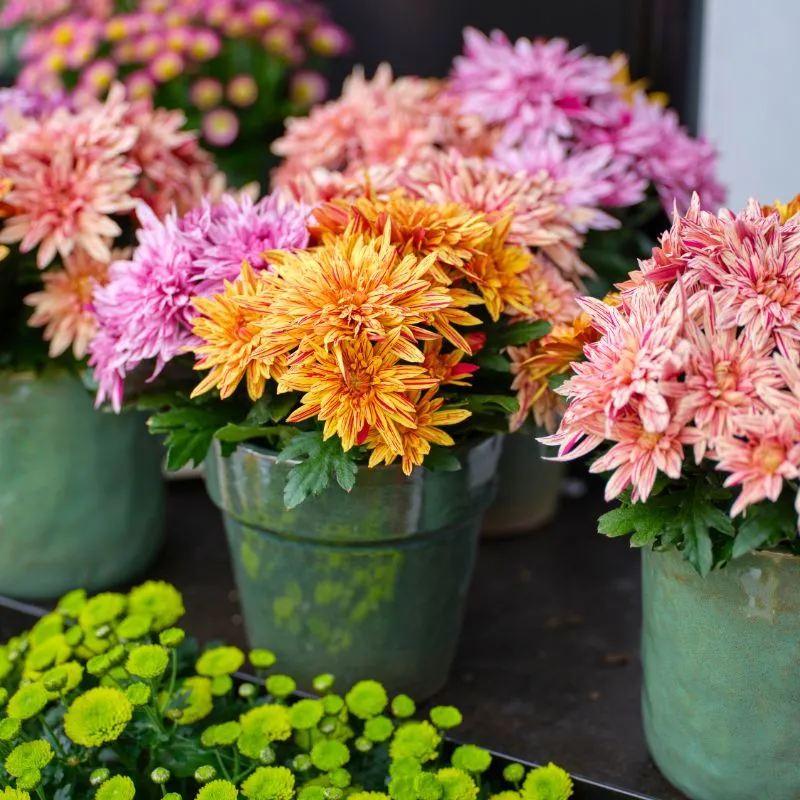On the 21st of September each year, the world pauses to celebrate World Gratitude Day, a day dedicated to expressing gratitude and appreciation for the blessings we receive, whether big or small.
This special day encourages people worldwide to take a moment from their fast-paced lives to reflect on the kindness, love, and support they experience and not miss those silver linings of life. This day is about cultivating a practice of gratitude that can transform not only individual lives but also the collective spirit of humanity. As people celebrate World Gratitude Day, they come together in unity, bound by the power of thankfulness.
Origins of World Gratitude Day
Gratitude isn't new; it's as ancient as humanity itself. It's a powerful force that enriches our lives and deepens our connections with others. Through writing letters of thanks or practicing small acts of kindness, expressing gratitude has always served as a means to strengthen connections and improve well-being.
To feel grateful is to acknowledge the value of the people and experiences that contribute to our lives. The idea of dedicating a day to this powerful emotion was born from the desire to encourage global appreciation and foster more positive emotions worldwide. And thus, World Gratitude Day was created - designed to not only expand our capacity for thankfulness but also bring the whole world together in a shared celebration of gratitude.

Photo: @deannasmithofficial
Birth of a Global Appreciation Movement
The journey to understanding the concept of World Gratitude Day takes us back to the 1960s, a time of transformation, change, and awakening. It was in 1965, during a Thanksgiving dinner at the International East-West Center in Hawaii, that attendees, hailing from different parts of the world, felt a sense of unity and expressed a desire to have one day each year to formally express gratitude and appreciation for the big and small blessings in their lives.
The simple yet powerful feeling took root and led to a day dedicated to global gratitude. By 1977, the United Nations recognized the vision, marking September 21st as a day for the world to pause and cherish the universal appeal of gratitude. Their United Nations Headquarters also holds an annual ceremony to honor the works of the Indian spiritual leader and meditation teacher Sri Chinmoy, who strongly supported and wrote about how the power of gratitude can transform our lives for good.
The Worldwide Significance and Reception of World Gratitude Day
Imagine a potent feeling that transcends political boundaries, cultural barriers, and geographical divisions. The spirit of World Gratitude Day was eagerly embraced across the globe, bringing forward a culture of appreciation. Thankfulness is like a prism. As the human experience shines through it, it breaks into a range of joyful feelings, recollections, and aspirations.

Photo: @danajoycewellness
Countries began to interpret and celebrate this day in their own ways. From special, loving letters of appreciation penned in the quietude of English homes to thanksgiving festivals in South American streets, the day found varied expressions and significance.
In Japan, for instance, it is amalgamated with their long-standing tradition of 'Ojigi' - the art of bowing to express respect and thanks. Meanwhile, schools, institutions, and communities in many Western nations organized events, workshops, and gatherings, underscoring gratitude's crucial role in interpersonal relationships and well-being. In between the dissonant news headlines, socio-political divides, and the relentless march of time, World Gratitude Day came up as a collective pause.
The Global Impact of Expressing Gratitude and Saying Thank You
Although showing thanks gently may seem ephemeral, its ripples and different forms travel far across the huge emotional ocean that is our world. Comprehending the global influence of thankfulness aids us in appreciating the underlying utterances and the use of two of the most important words in our day-to-day: 'Thank You'.

These two powerful words acknowledge and appreciate the effort and kindness of others. It strengthens relationships by showing that you value and recognize their contributions. Gratitude through a simple thank you can boost morale, enhance mutual respect, and build a positive atmosphere, whether in personal relationships or professional settings.
It also reinforces a culture of kindness and consideration, encouraging more positive interactions and fostering a sense of community and trust. Overall, expressing thanks is a fundamental way to affirm and celebrate the efforts and support we receive from those around us.

Benefits of Gratitude for Mental and Emotional Well-Being
Gratitude is more than just politeness. All in all, it's a deep-seated remedy for our mental woes. Beyond courtesy, it's a balm for stress, anxiety, and gloom. Science highlights gratitude's healing prowess, painting it as a mental tonic. When we savor a stranger's kindness, a friend's affection, or a sunset's magic, we connect deeper with life's moments. Counting blessings pivots us from scarcity to abundance, slashing the stress hormone cortisol by a remarkable 23%.
Furthermore, acknowledging life's positives triggers dopamine, our joy chemical. More than just a chemical dance, gratitude intertwines belonging, combating the modern-day specters of loneliness and purposelessness.

Celebrating Gratitude Worldwide - Diverse Traditions and Rituals
Across the globe, gratitude is a universal language, taking on colorful dialects unique to each culture.
In Africa, feet stamp and drums reverberate as communities sing and dance to thank Mother Earth and fellow humans. In North America, Thanksgiving feasts become altars of gratitude, where turkey and stuffing symbolize blessings reaped. Mediterranean shores offer shared meals—olives, bread, and wine—as tokens of thankful fellowship. And in Japan, a bow speaks volumes as it is a humble choreography of respect and thankfulness. Different in expression but unified in essence, these practices connect a global tradition of gratitude, reminding us that appreciation knows no borders.
Flowers That Represent Gratitude
Just as words express our feelings, flowers translate our innermost thoughts into a silent and profound love language. Regarding gratitude, no shortage of flowers portrays our appreciation and thanks. Here's a closer look at some of these emissaries of the garden.

Roses - Appreciation and Thanks
The rose, nature's emotive lexicon, speaks in colors. Red shouts love, but peach and pink murmur a subtle 'thank you'. Gifting these softly colored flowers is like a warm embrace in petal form, and a delightful symbol of deep gratitude.
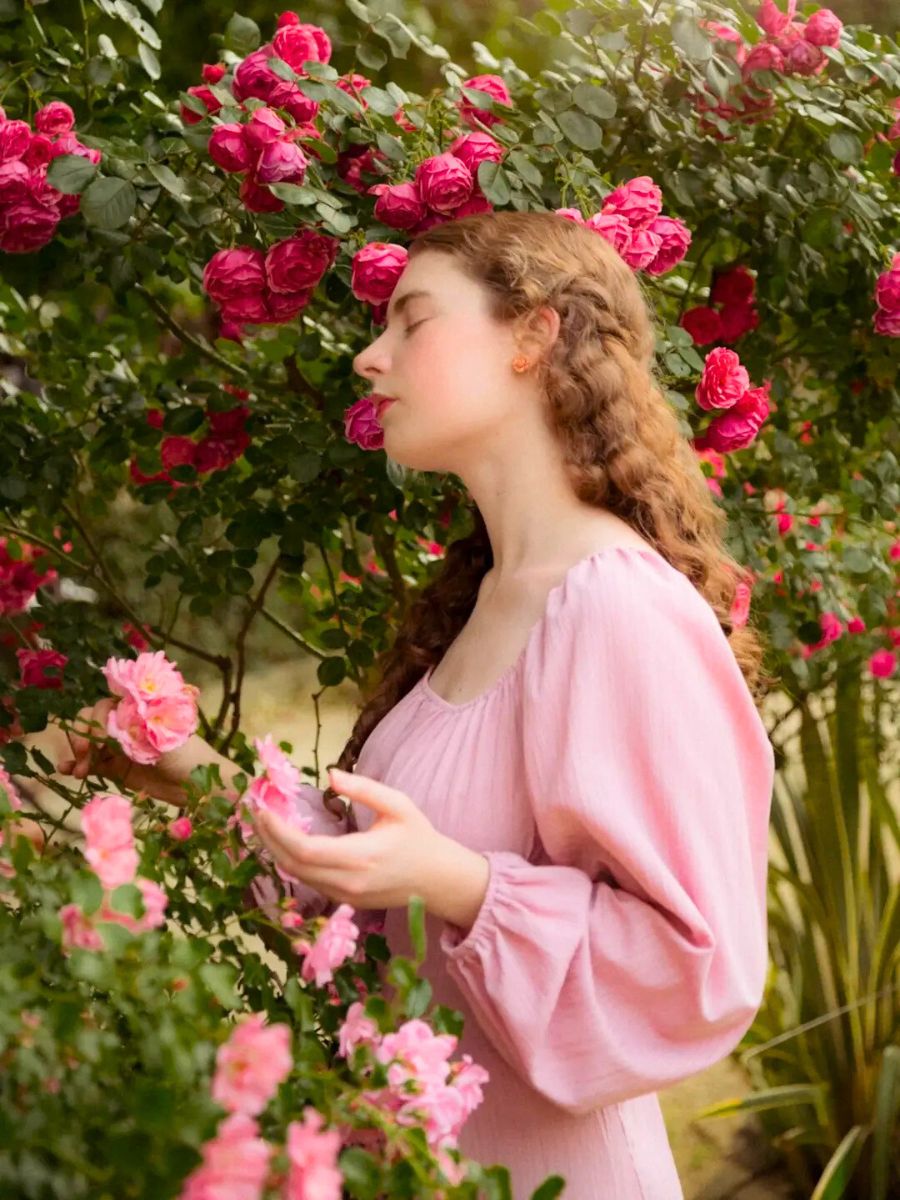
Photo: @raphaelleeeeeeeeee
Chrysanthemums - Honored Friendship
Symbolizing the sun, chrysanthemums radiate joy and renewal, especially in Asian cultures. These flowers celebrate long-lasting friendships, illuminating life's darkest moments. Gifting them expresses gratitude for endless loyalty, like sharing a sunbeam. A Chrysanthemum, with its shape and colors, says: "I treasure the depth of our connection."

Photo: @valeriedicke
Bluebells - Consistency and Everlasting Love
Like a natural sonnet, bluebells (Hyacinthoides non-scripta) adorn the world with undergoing elegance. These flowers, found in woodland landscapes, symbolize steadfast love. Gifting bluebells honors the receiver's undeniable support, their deep blue depths—a poetic nod to gratitude as ceaseless as the tides.
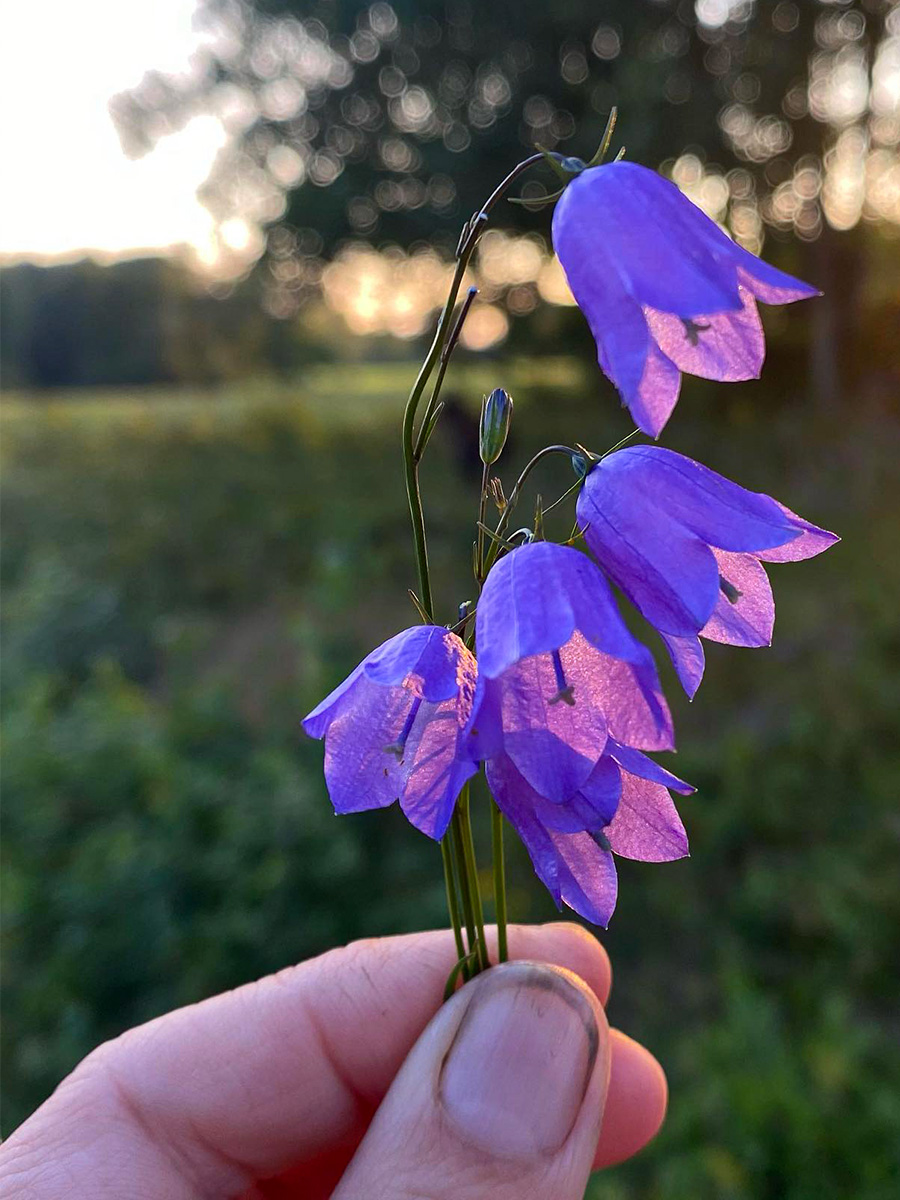
"Think that a worn dirty hand can pick these small fine clocks. To be able to see how beautiful and fine. To make someone feel seen. To make someone happy. Because if little can make a difference, then we can work wonders together."
Camellias - Longing and Admiration
With their perfectly symmetrical petals, Camellias convey a message of longing and admiration, a perfect flower for World Gratitude Day. In cultures across Asia, especially Japan, the camellia is known for its aesthetic appeal and embodiment of the human soul's deepest longings.
They are a symbol of your appreciation and acknowledgement of how someone has touched your life, leaving an indelible mark.
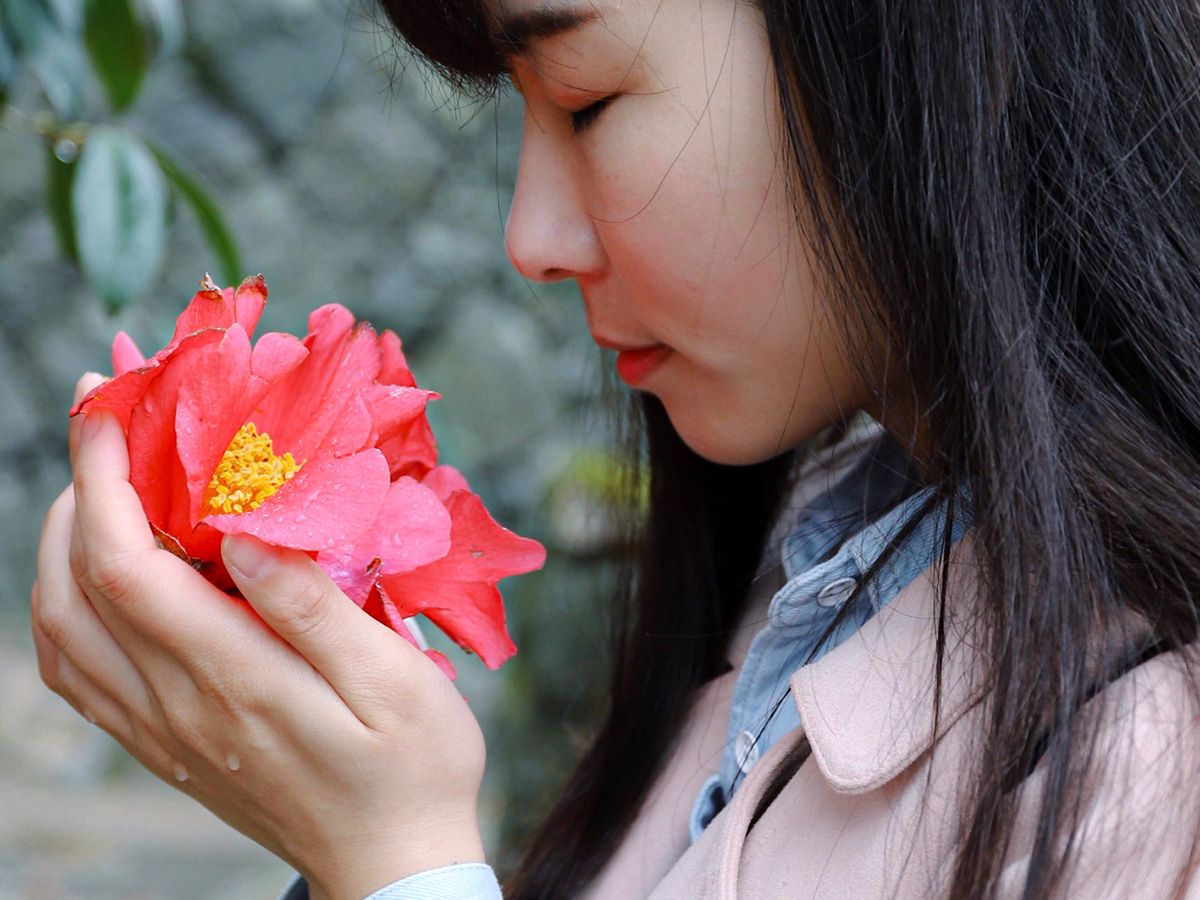
Daffodils - New Beginnings and Eternal Life
Gifting daffodils (Narcissus) for World Gratitude Day is like offering a golden ticket to new beginnings and joy. These beautiful flowers embody life's cycles—emerging early, fading fast, yet returning annually as resilient symbols of rebirth, much like their role in Greek mythology. A simple bouquet captures the essence of gratitude and promises a lasting cycle of goodwill.
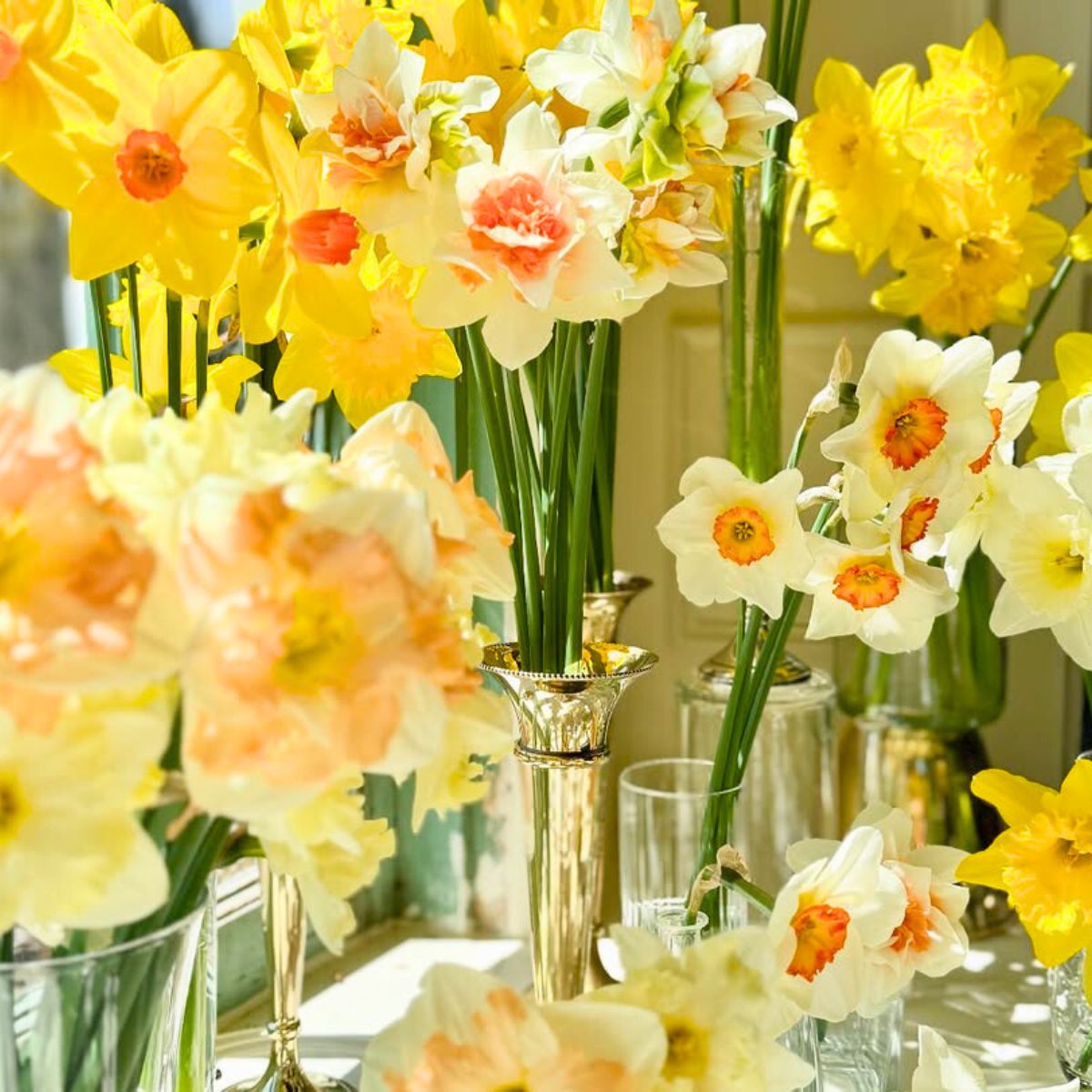
Pink Carnations - Gratitude and Motherly Love
Pink carnations (Dianthus) are the floral balladeers of sentiment, historically the go-to flower not only for Mother's Day but also great to say 'thank you' as well. A bouquet of these is a floral form ready to be handed as a thankful gift to the people you are most grateful for.
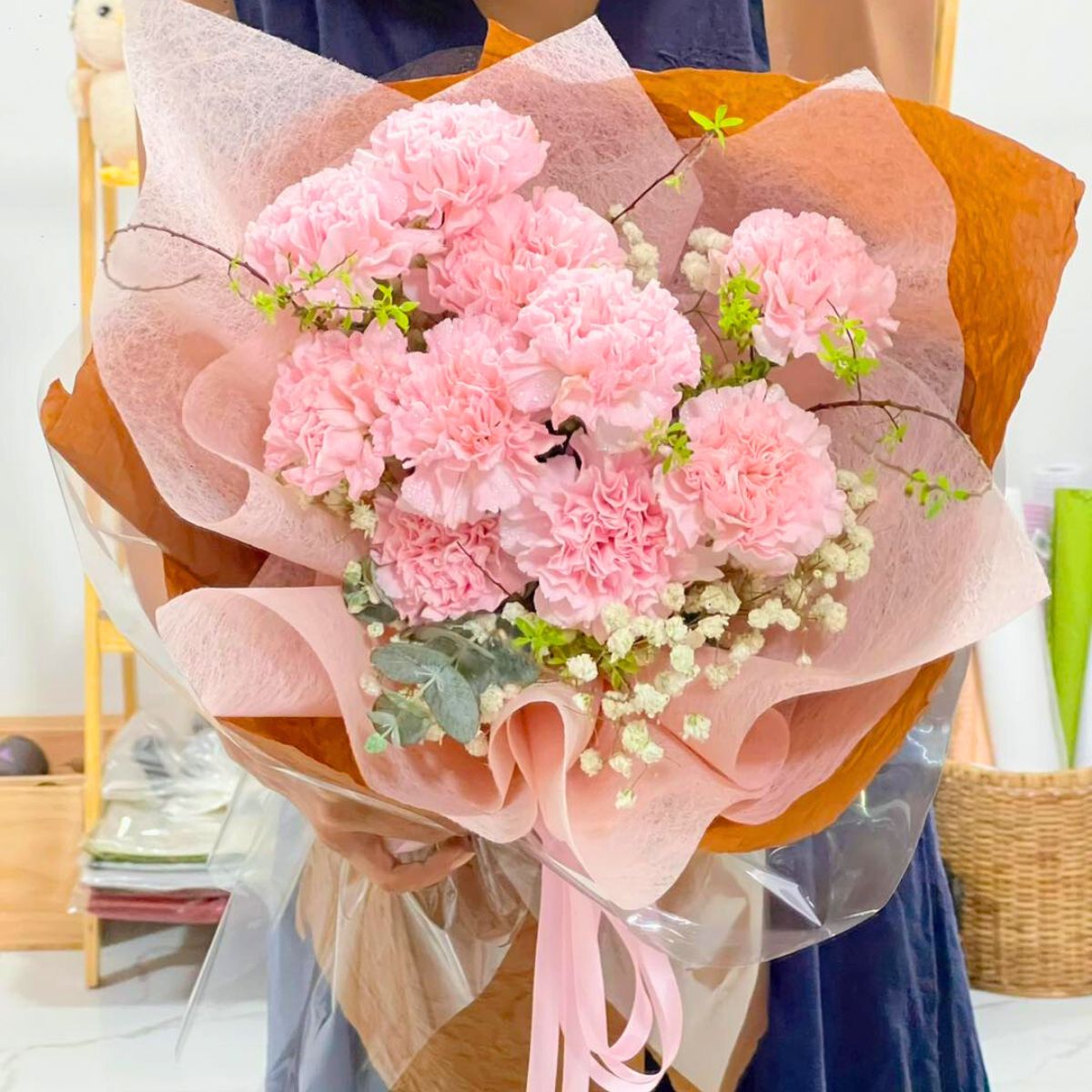
Photo: @littleflowerfloristry
Sunflowers - Adoration and Loyalty
With their brilliant yellow petals that mirror the sun, sunflowers (Helianthus) are towering symbols in the garden. Getting a bouquet is like getting a sunburst; every petal represents joyful love and positivity. This is a great flower to say 'thank you' for being in my life while making it extremely bright, just like the sunflower!
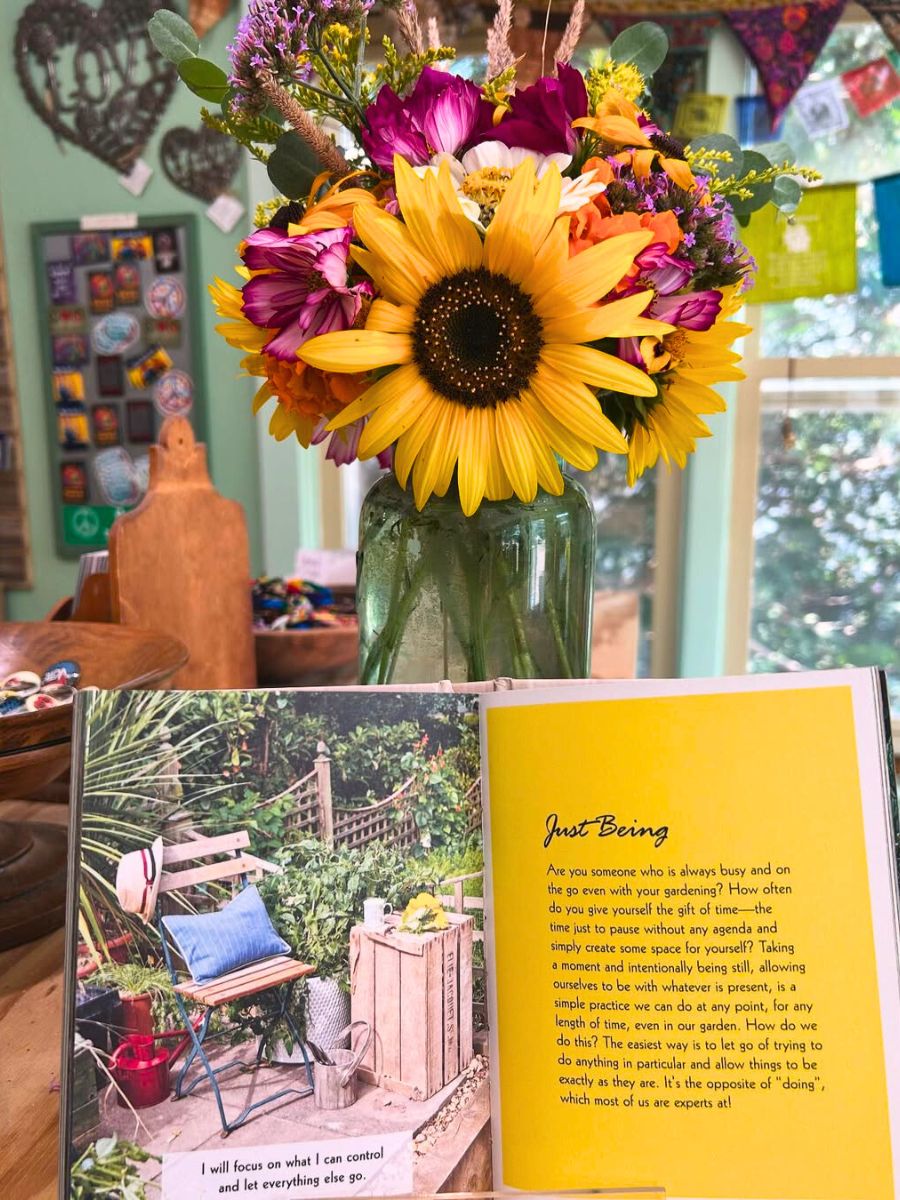
Beyond Words - Acts of Gratitude for World Gratitude Day
Gratitude sticks out in the mosaic of human emotions as evidence of our capacity to spread kindness, frequently with cross-cultural repercussions. But how does one express such a deep feeling when words alone cannot do it justice? As they say, actions often speak louder.
Flowers act as the first reminder that life is beautiful and are a perfect gift to demonstrate how thankful and grateful you are for people in your life or even as a gift to yourself. The presence of your favorite flowers can help you engage in your gratitude journal every day to observe the things around you for which you are thankful.

As we observe World Gratitude Day, let’s commit to incorporating gratitude into our daily routines, recognizing its power to strengthen our connections and enhance our overall well-being.

